Come with me on an exploration of the ancient and classic Chinese text known as Tao Te Ching. The text, which is laid out in 81 sections, is often enigmatic, which, to the Western mind, can be very confusing. Over centuries, much time and thought has been spent exploring this work, creating a confusion of interpretations. The version created by Stephen Mitchell and published by HarperPerennial in 1988 appeals to me because Mitchell studied many translations of the text in several different languages and came to the realization that he could express this in a contemporary version. This has received both praise and criticism from scholars. However, he does not claim that this is a translation; it is a version and I happen to like it. It still leaves me with many challenging, contradictory thoughts that stimulate my creativity.
I will simply say that this work excites my love of the Mystery that I have never been able to explain; nor have I wanted to. I only spend time appreciating the profound Mystery of the very existence of the entire universe including you and me.
Today, I invite you to spend some time with me on the first section of Mitchell’s version of the Tao, which reads,
The tao that can be told is not the eternal Tao. The name that can be named is not the eternal Name. The unnamable is the eternally real. Naming is the origin of all particular things. Free from desire, you realize the mystery. Caught in desire, you see only the manifestations. Yet mystery and manifestations arise from the same source. This source is called darkness. Darkness within darkness. The gateway to all understanding.
For me, and probably for you, too, this is a mass of contradictions, and, with our minds disciplined by the ancient Greeks and their system of logic, the contradictions cancel each other out. The result: both sides of the contradiction disappear… lost to us for over 2000 years. The Greek thinking that began around the time of Socrates, creates an “either-or” thought form that destroys the Mystery of our very existence. I offer you the consideration that the challenges we face today, which appear so daunting, arise from the limitations of this way of thinking known as “dualism”.
The first sentence says, does it not, that there can be two “way”(s) of looking at the Mystery. The second sentence gets more specific, saying that “telling” and “naming” define their object. Let’s face it, there is no way that we can define—confine—the mystery of our existence, regardless of our propensity for the intellectual pursuit of virtually all answers and understanding. My senses tell me that it is an ego trip to believe that we can define the Mystery. For those who think we can define it, I humbly request their humility. That humility frees humans from desire—that which sees only the manifestations of the Mystery—not both. To be able to see both is to be able to be aware that the two contradictions arise from the same source. That source can only be total darkness, which, to me, is a symbol for that which was always there before the Big Bang 13.7 billion years ago.
“Darkness within darkness” sets up a situation that is impossible to understand, but what really must be an invitation into the Mystery. I cannot begin to take that apart, and yet I can give myself permission to be uncomfortably present to it and appreciate what is meant by “the gateway to all understanding.” I feel a great opening and receptiveness within me. I appreciate what is meant by “vulnerability”. I hope you can, too.
To close, I offer you a challenge that Richard Whittaker found in an interview http://www.conversations.org/story.php?sid=285 which he did with Peter Kingsley in May 2011, titled, Remembering What We Have Forgotten. Kingsley (http://peterkingsley.org/), a passionate student of pre–Socratic Greek thinking as found in the work of Parmenides and Empedocles, has an intense appreciation of the wonder of that Mystery. He saw that those Tao–like thoughts of these two great mystics were so confusing to subsequent Greeks that they were simply left out of all logical discussion… and so we have forgotten who we really are. This skilled, passionate scholar is the author of five books that express his devotion for remembering the truth of the pre-Socratic Greeks. The last of them is A Story Waiting to Pierce You http://www.goldensufi.org/book_desc_a_story.html. In it, he describes his discovery that the source of the pre-Socratic wisdom was carried from Mongolia by a shaman named Abaris and given to Pythagoras to bring to the Western world (through Parmenides and Empedocles). Read it if you are challenged by the evidence of our forgetting and want to remember what these messengers from the past brought to us.
Everything in this blog has come together in a way that has taken apart my amnesia and, to put it simply, helped me remember that you and I have been promised these lives since the beginning of time—the greatest mystery of all—and because that is who and what we are, I encourage you to remember that you are an immortal product of love… as are we all.





The tao – the still point of the turning world.
Thanks for reminding me of t. s. eliot’s take on it:
“At the still point of the turning world. Neither flesh nor fleshless; Neither from nor towards; at the still point, there the dance is, But neither arrest nor movement. And do not call it fixity, Where past and future are gathered. Neither movement from nor towards, Neither ascent nor decline. Except for the point, the still point, There would be no dance, and there is only the dance.”